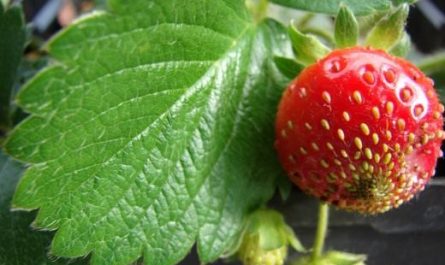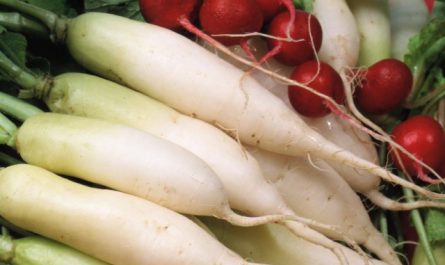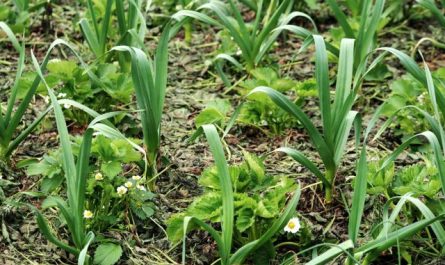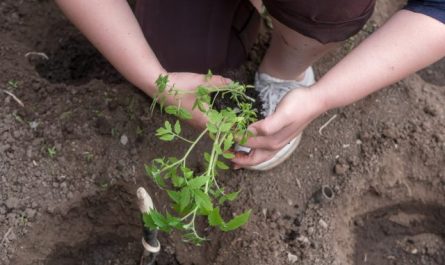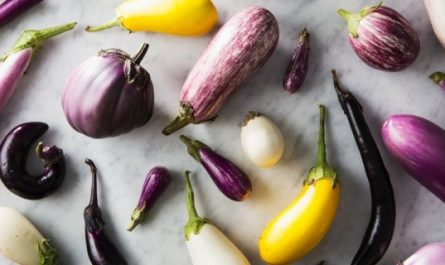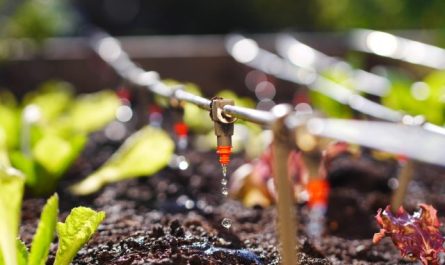There are hundreds of varieties of tomatoes, among which everyone can choose to their taste. Usually, we expect tomatoes to be fragrant and sweet, not bland and sour. But sometimes, even having chosen a good variety, you can unexpectedly get bitter or sour fruits. In such situations, it is extremely important to determine what could have gone wrong, so as not to make the same mistakes in the future. Our article will help you understand the reasons for tasteless tomatoes.

What do tomatoes taste like?
The taste of tomatoes is often described as sweet, sour or mild. Tomatoes contain over 400 volatile compounds that give them flavor, but the predominant factors are acid and sugar. The main sugars in tomatoes are fructose and glucose. They give tomatoes their sweet taste. The main acids are citric and malic acid, which give a tart taste and promote salivation. When the flavor components of tomatoes are unbalanced, the most common consequences are bitterness or excessive sourness.
Bitterness and acidity are often difficult to distinguish and are often mistaken for each other. However, they occur under different conditions. Acidity in tomatoes occurs when foods have an acidic pH (0 to 7). In tomatoes, this usually occurs when they are picked too early. Bitterness occurs when the pH of food is alkaline (7 to 14). In tomatoes, it is most often seen in overripe fruits.
Morphological traits that affect the taste of tomatoes
Genetics play a significant role in the formation of the taste of the fruit. Not all tomato varieties are equal in sweetness. Most people prefer tomatoes that have a balanced sweetness and sourness, but there are tomato varieties that are naturally quite sour or bitter.
In addition, many tomato varieties have lost their sweetness over decades of intensive commercial cultivation. Tomatoes were originally sweet, colorful berries smaller than a pea. However, breeding methods favored factors such as higher yields, disease resistance, and shelf life over flavor. This resulted in the alteration or loss of key flavor genes, and many tomato varieties available today are less sweet.
The appearance of the fruit is also often associated with taste. Here you can observe some patterns:
Size. Smaller tomatoes, such as cherry and cocktail tomatoes, tend to have higher sugar concentrations. Larger tomatoes, such as beefsteaks, are often less sweet. But there are, of course, exceptions to this rule.
Color. Different pigments in tomatoes create different balances of sugars and acids. This applies to both hybrid tomatoes and varieties. The most acidic tomatoes are found among green, purple, and black tomatoes. Red tomatoes tend to have a classic tomato flavor. Green, purple, and black fruits have more complex, atypical flavors that are generally liked by some and disliked by others. Orange, yellow, and pink tomatoes have medium acidity.
White and bicolor tomatoes have the lowest acidity and the sweetest of all tomato varieties. They have a combination of sugar and acid levels, along with other compounds that make the flavor milder.
FoliagePlants with more leaves capture more sunlight, which is converted into sugars and other flavor compounds, making the fruit sweeter. Cultivars tend to produce more leaves than hybrids, which is part of why they produce fruit that has a more intense flavor. However, no matter what variety of tomato you plant, careful pruning can help keep the leaves healthy and promote dense foliage.

Environmental factors affecting tomato flavor
Environmental factors also play a significant role in the flavor of tomatoes. Sour or bitter-tasting tomatoes often form when plants do not receive enough sunlight or are attacked by pests and diseases. Growing tomatoes in nutrient-poor soils or overwatering also affects the taste of the fruit. Let’s take a closer look.
Sunlight and temperatureTo avoid ripening sour tomatoes, it is necessary to choose the right varieties depending on the climate in which they will be grown. Generally, tomatoes need a lot of sunlight and warmth to grow well and produce flavorful fruits.
Tomatoes need at least 8 hours of sunlight per day. Daytime temperatures should be at least +26 degrees and nighttime temperatures should be at least +10 degrees. However, some varieties of tomatoes are more resistant to cold and cloudiness and can be successfully grown in cooler regions.
WateringTo produce well-balanced flavors, tomatoes need to be watered regularly until they begin to bear fruit. Once the fruit appears, watering should be moderated because drier, hotter conditions result in higher yields and a concentration of flavor and aroma.
Distance between plantsTomatoes should be planted to avoid crowding, which blocks sunlight from reaching the tomatoes. Crowded vegetables often have stunted growth, show reduced yields, and show low sugar accumulation. Crowding also encourages the spread of pests and diseases.
Pest and disease controlStink bugs, aphids, and other insects can damage tomatoes and spoil the taste of the fruit. Diseases such as late blight, caused by fungal infections, can also adversely affect the taste of tomatoes, leading to noticeable bitterness in the fruit.
Soil health. The soil must be ideal for optimal tomato growth. Except for very heavy clay soil, most soil types will work well for tomatoes, but loamy and sandy soils are generally best for growing tomatoes. Add plenty of organic matter to the soil, as well as potassium and sulfur. Avoid too much nitrogen.
Clay soil can be improved by adding sand, perlite or peat moss before planting. Organic fertilizers can also be used to ensure that the soil contains plenty of nutrients that can be used by plants to produce the best flavor and aroma.
soil pH. Tomatoes prefer slightly acidic soil with a pH of about 6,0-6,8. The pH can be increased by applying lime or decreased by adding sulfur. The acidity of your soil is more of an indicator of unfavorable conditions and does not in itself cause sour fruits. Alkaline soil reduces the availability of essential nutrients (iron, phosphate, manganese), and soil nutrients are so important for the taste of tomatoes.
Weather matters. Long periods (more than three days) of temperatures below 5°C will permanently alter the flavour of the tomatoes that have set. This is true for both pre-harvest and storage, so make sure your plants or harvested tomatoes are not exposed to cold nights.
For good growth and tasty fruits, the plants require hot weather with abundant rainfall of at least 2,5 centimeters per week. If you have cool weather and the soil remains wet for a long period of time, the whole plant will suffer and the tomatoes will lose their sweetness.
Harvest timing. Tomatoes should only be picked when they are ripe. This is because their acidity decreases and their sweetness increases as they mature. If possible, the fruit should be left to ripen on the bush, as this helps to produce the most concentrated flavor and aroma.

Making tomatoes sweeter – myth or reality?
Contrary to popular myth, adding sugar to the soil will not make tomatoes sweeter or help the plant in any way. The sugar will likely just wash away in the rain or, at worst, encourage the growth of harmful bacteria. It will not affect the taste in any way, since plants do not usually absorb sugar through their roots.
There are also rumors that growing basil next to tomatoes makes them sweeter, but there is no real scientific evidence to support this.
The most effective method for improving the taste of tomatoes is to water them less or protect them from prolonged rain. Once your tomatoes begin to ripen, reduce the amount of water you give them by half; this will not only prevent cracking, but will also improve their taste.
Another way to sweeten tomatoes is to increase the time it takes for the sugar to reach the fruit. This process occurs before the fruit begins to ripen, so the longer the plant is in favorable conditions, the better (lots of sunlight, enough nutrients in the soil, and regular watering).
One way to reduce overall plant stress is proper shaping. There should be no leaves under the first bunch to prevent serious fungal problems. Indeterminate varieties are best shaped into one main stem.
Applying a water-soluble fertilizer formulated for tomatoes every 10 to 14 days, especially if you’re growing them in containers or raised beds, will usually provide the nutrients your tomatoes need to grow and thrive, and therefore taste sweet.



